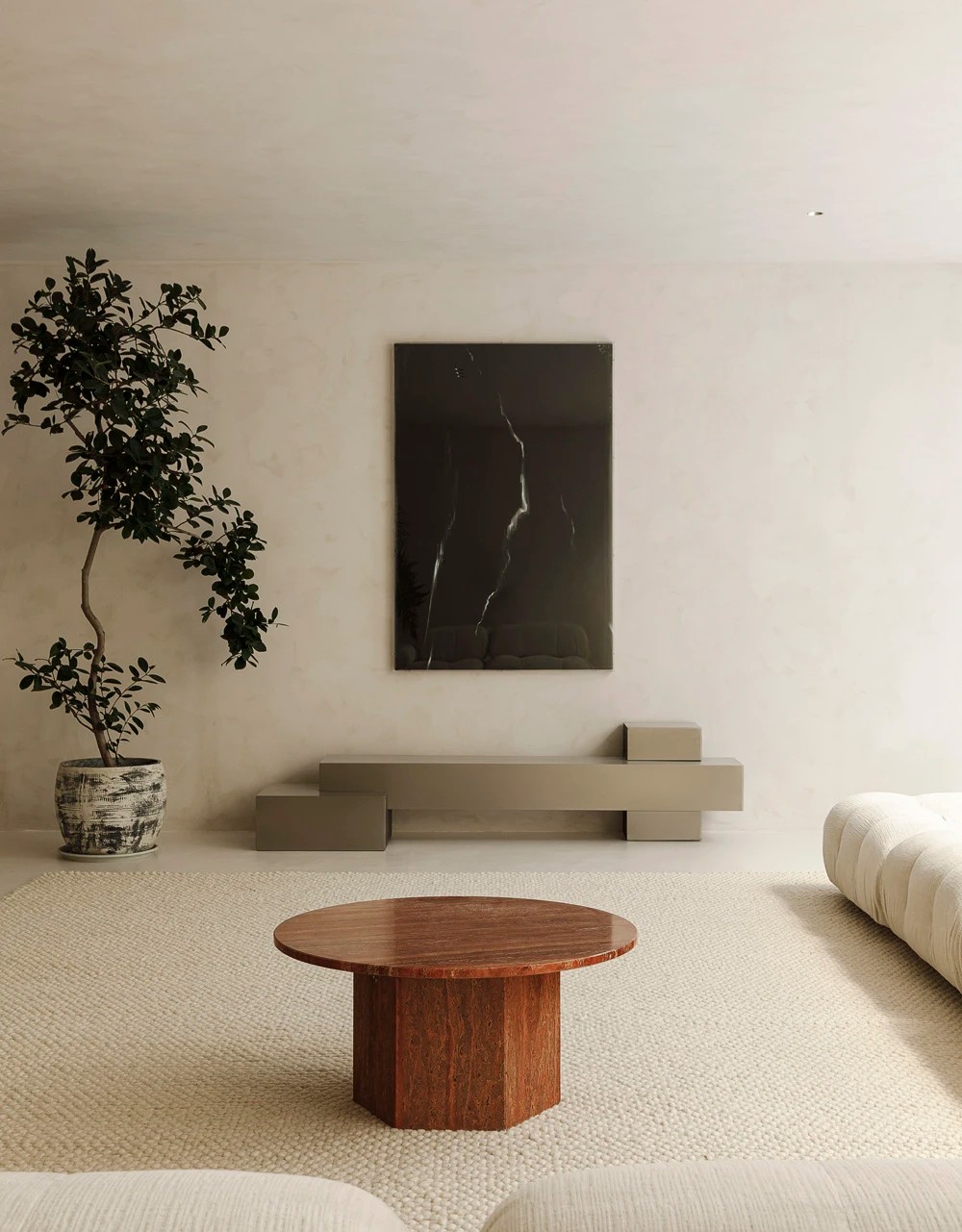Museum of Medical History and Innovation Leers Weinzapfel Associates
2012-06-21 01:00
架构师提供的文本描述。Leers Weinzapfel Associates‘Paul S.Russell医学历史与创新博物馆位于波士顿马萨诸塞州总医院(MGH),现在向公众开放。这个独立的、有目的医院博物馆位于医院中心校园入口的一个显眼的地方,是美国第一个这样的博物馆。它反映了MGH的成就、文化和在社区中的地位,展示了医学和外科在医院的发展及其背后的创新科学和研究。
Text description provided by the architects. Leers Weinzapfel Associates’ Paul S. Russell MD Museum of Medical History and Innovation at Boston’s Massachusetts General Hospital (MGH) is now open to the public. Located on a prominent site at the entry to the hospital’s downtown campus, this freestanding, purpose-built hospital museum is the first of its kind in the United States. Reflecting MGH’s achievements, culture, and place in the community, it showcases the evolution of medicine and surgery at the hospital and the innovative science and research behind it.
这座博物馆是一个8000平方英尺的大门,通往一大群互补的MGH建筑.这座两层楼高的三层屋顶花园代表着医院综合体的“人面”,是一个字面上和象征意义上的枢纽,拥有吸引病人、研究人员、实习生、教员、工作人员和游客的便利设施。其光亮、高性能、铜外壳耐用,免维护,可回收利用.铜色的聚光玻璃提供了很强的绝缘性,但也允许自然日光穿透建筑物。
The museum is an 8,000-square-foot gateway to a large ensemble of complementary MGH buildings. Representing the “human face” of the hospital complex, this two-story structure with a third level rooftop garden is a literal and symbolic hub with amenities that attract patients, researchers, interns, faculty, staff, and visitors alike. Its gleaming, high-performance, copper exterior enclosure is durable, maintenance-free, and recyclable. Copper-colored fritted glazing provides strong insulation yet allows natural daylight to penetrate the building.
内部的动态和灵活的内部和外部空间旨在适应不断变化的技术、展览和功能,增强用户体验。接待和定位空间,核心和变化的展览画廊,媒体和剧院空间,一个亲自学习和模拟实验室,以及附属的支持空间是设在其两层。
The dynamic and flexible interior and exterior spaces within are designed to adapt to changing technology, exhibits, and functions, enhancing the user experience. Reception and orientation space, core and changing exhibition galleries, media and theater space, a hands-on learning and simulation lab, and adjunct support spaces are housed on its two floors.
可持续性的特点渗透到建筑物的设计中。铜的外观由80%到95%的再生成分制成。一个可占用的绿色屋顶和透水场地,铺路和种植,吸收雨水,减少热岛效应。博物馆的两个内部空间相互连接,以减少加热负荷、冷却负荷和人工照明。细致的现场照明设计使用截止灯,以尽量减少夜空光侵入,同时确保充分的安全和保安照明。
Sustainability features permeate the building’s design. The copper exterior is made from 80 to 95 percent recycled content. An occupiable green roof and pervious site paving and planting absorb storm water and reduce the heat island effect. The museum’s two interior spaces interconnect to reduce heating loads, cooling loads, and artificial lighting. Meticulous site lighting design employs cutoff luminaires to minimize night sky light trespass while ensuring adequate safety and security lighting.
“罗素博物馆是医院教育使命的象征。它被设计成一个文化和教育门户,“马萨诸塞州总医院院长彼得·斯拉文说。他说:“透过医管局的镜头,博物馆旨在讲述医学发展的故事,以及今日正在进行的创新,这些创新将塑造未来的医学实践。”这个博物馆也是MGH的一个独特的前门,欢迎病人、家庭、工作人员、社区和公众进来、学习、受到启发和享受。“
“The Russell Museum is a symbol of the hospital’s educational mission. It is designed to be a cultural and educational portal,” says Peter Slavin, MD, president of Massachusetts General Hospital. “Through the lens of the MGH, the museum aims to tell the story of the evolution of medicine and the innovations under way today that will shape the practice of medicine in the future. This museum also stands as a distinctive front door to MGH, welcoming patients, families, staff, and the community and the public to come in, learn, be inspired, and enjoy.”
 举报
举报
别默默的看了,快登录帮我评论一下吧!:)
注册
登录
更多评论
相关文章
-

描边风设计中,最容易犯的8种问题分析
2018年走过了四分之一,LOGO设计趋势也清晰了LOGO设计
-

描边风设计中,最容易犯的8种问题分析
2018年走过了四分之一,LOGO设计趋势也清晰了LOGO设计
-

描边风设计中,最容易犯的8种问题分析
2018年走过了四分之一,LOGO设计趋势也清晰了LOGO设计
































































